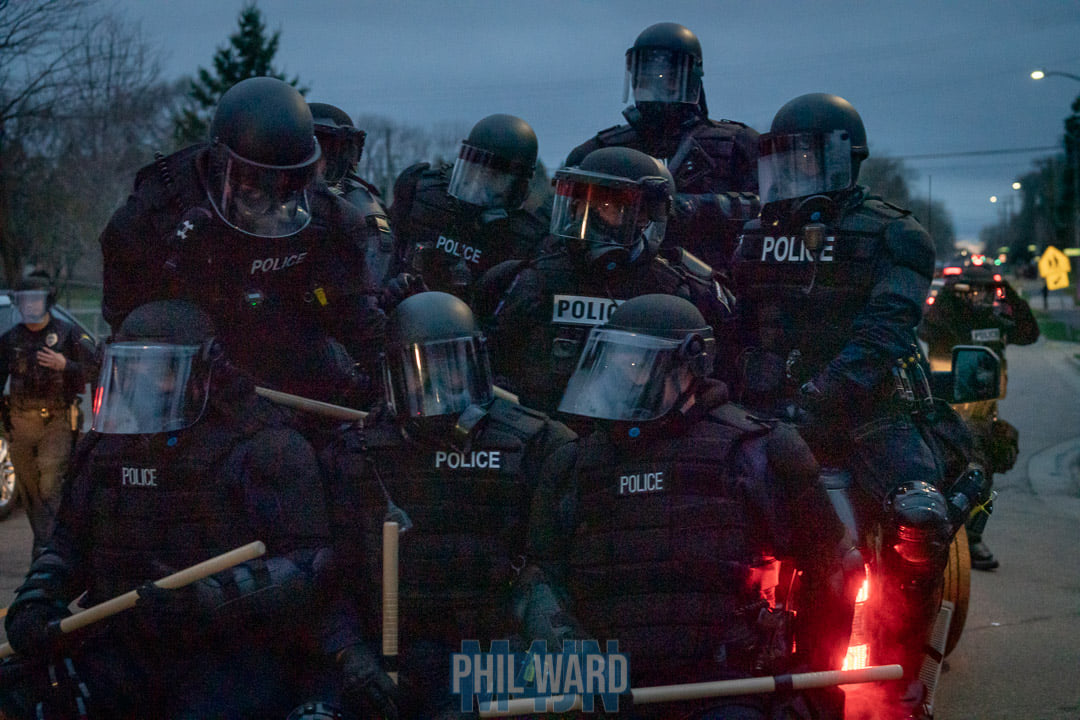Georgia Fort reports:
Fencing and barricades came down from around the Hennepin County government center Tuesday. While downtown Minneapolis may appear to be returning to normal in the wake of Derek Chauvin’s conviction, for some protestors things will never be the same.
19 year old Victor Ramierez Bustamente is one of several who were injured at recent protests.
“The doctor said I will probably have to see a plastic surgeon because I have a fracture in my face,” he said.
Bustamente was struck with what’s called a “less lethal munition” while demanding justice for Daunte Wright outside of the Brooklyn Center Police department. In order to disperse crowds, law enforcement used pepper spray, flash-bangs, rubber bullets and tear gas. The tear gas not only affected protestors, but families living in apartments across the street.
Doctors at the University of Minnesota have published new research showing the lasting negative health impacts of tear gas and rubber bullets. Erika Kaske, lead author on the project, says the research was inspired by witnessing law enforcement’s response to protests after George Floyd’s death.
“We wanted to quantify the impact these weapons had on our communities’ health,” she said. “We found that 89 people required professional medical care due to their injuries from less lethal weapons”
Kaske says researchers observed a high rate of both head injuries and respiratory injuries in protestors. They concluded that “less-lethal weapons” are “not appropriate for crowd control.”
Kaske says her team plans to use its findings to support policy changes that would improve public health and safety.
Tear Gas and Rubber Bullets Leave Lasting Health Issues for Protestors

